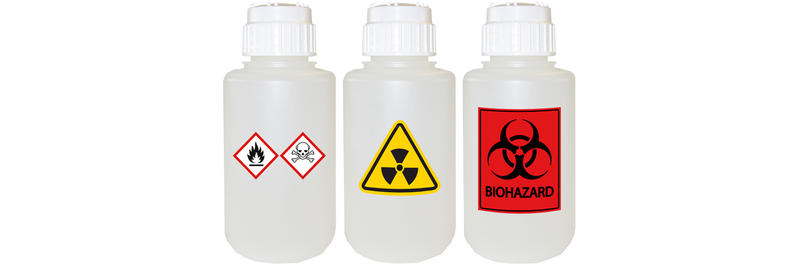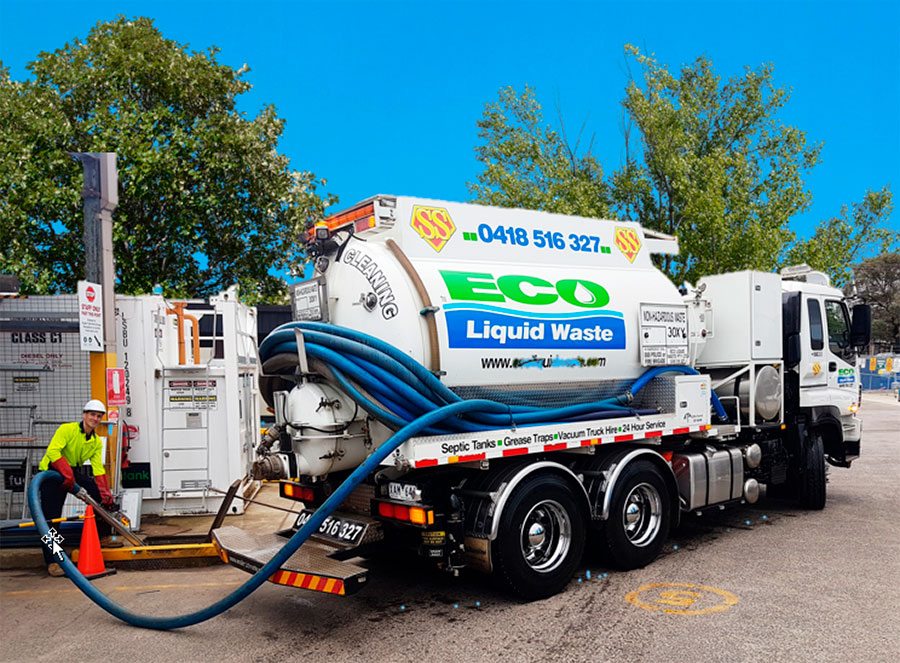The Buzz on Reclaim Waste
Table of ContentsThe Only Guide for Reclaim WasteThe 20-Second Trick For Reclaim WasteSee This Report about Reclaim WasteReclaim Waste Can Be Fun For AnyoneA Biased View of Reclaim Waste
Domestic sewage waste refers to the waste and items from a residential septic container. The proper administration and disposal of residential sewage waste need liquid waste to be moved to a sewage treatment plant where the proper approaches and equipment are used to cleanse and dispose of waste.
Business waste typically consists of possible dangers, such as combustible products or a mix of liquid and solid waste items, and calls for an advanced and in-depth disposal process. The disposal of business waste generally involves the purification of waste prior to transportation to make sure safe and appropriate disposal. Hazardous waste is produced from results and runoff of industrial procedures and manufacturing.
This sort of waste can not make use of the same sewage monitoring transport or procedures as septic or business fluids. The commercial waste monitoring process requires the evaluation and screening of fluid waste prior to it undergoes the disposal process (liquid waste disposal melbourne). Runoff waste is the liquid waste that comes from overflow and excess stormwater in extremely populated locations or cities
Runoff waste can trigger contamination and flooding otherwise taken care of appropriately. Find out a lot more concerning sewage system cleansing and waste monitoring. Ensuring proper waste management can prevent calamities and reduce environmental damage. Both people in residential setups and professionals in industrial or production industries can take advantage of understanding the procedures and guidelines of liquid waste management.
The Buzz on Reclaim Waste
Call PROS Solutions today to discover our waste monitoring and disposal solutions and the correct ways to look after the fluid waste you produce.
(https://filesharingtalk.com/members/604691-reclaimwaste1)Do you recognize what occurs to your water when you disengage, flush the toilet or drain the washing equipment? No? Well, it deserves knowing. This supposed 'wastewater' is not only a vital source but, after therapy, will be launched to our land, waterways or the ocean. Used water from commodes, showers, baths, kitchen area sinks, laundries and commercial processes is called wastewater.

water utilized to cool down machinery or tidy plant and equipment). Stormwater, a type of wastewater, is runoff that flows from agricultural and city locations such as roofing systems, parks, yards, roadways, paths and seamless gutters right into stormwater drains, after rainfall. Stormwater flows unattended directly to regional creeks or rivers, at some point reaching the ocean.
Our Reclaim Waste Statements
In Queensland, a lot discover here of wastewater is treated at sewer treatment plants. Wastewater is moved from residential or industrial websites via a system of sewage systems and pump terminals, recognized as sewerage reticulation, to a sewage treatment plant.
The Department of Natural Resources advises city governments about handling, operating and preserving sewage systems and treatment plants. In unsewered locations, local federal governments might call for homeowners to install specific or family sewer therapy systems to deal with residential wastewater from commodes, kitchen areas, bathrooms and washings. The Department of Natural Resources authorises using home systems when they are confirmed to be effective.
A lot of stormwater gets no therapy. In some new class, treatment of some stormwater to remove clutter, sand and crushed rock has started using gross toxin catches. Wastewater treatment takes place in 4 phases: Eliminates strong issue. Larger solids, such as plastics and various other things wrongly discharged to sewers, are eliminated when wastewater is gone through screens.
Wastewater after that streams right into large containers where solids work out and are gotten rid of as sludge. Grease and residue are skimmed from the surface. Uses small living microorganisms referred to as micro-organisms to damage down and get rid of remaining liquified wastes and great bits. Micro-organisms and wastes are included in the sludge. Removes nitrogen and phosphorus nutrients that might create algal blooms in our waterways and intimidate aquatic life.
The 8-Minute Rule for Reclaim Waste
Nutrient elimination is not readily available at all sewer therapy plants due to the fact that it calls for pricey specialized tools. Clear fluid effluent created after therapy may still include disease-causing micro-organisms - industrial wastewater treatment.

The majority of wastewater flows right into the sewerage system. Under the Act, regional governments administer authorizations and licences for eco appropriate activities (Ages) involving wastewater releases that may have a local effect.
The Best Strategy To Use For Reclaim Waste
Surveillance gives factual information concerning water high quality and can verify that permit conditions are being fulfilled. The info obtained with surveillance gives the basis for making water quality choices.